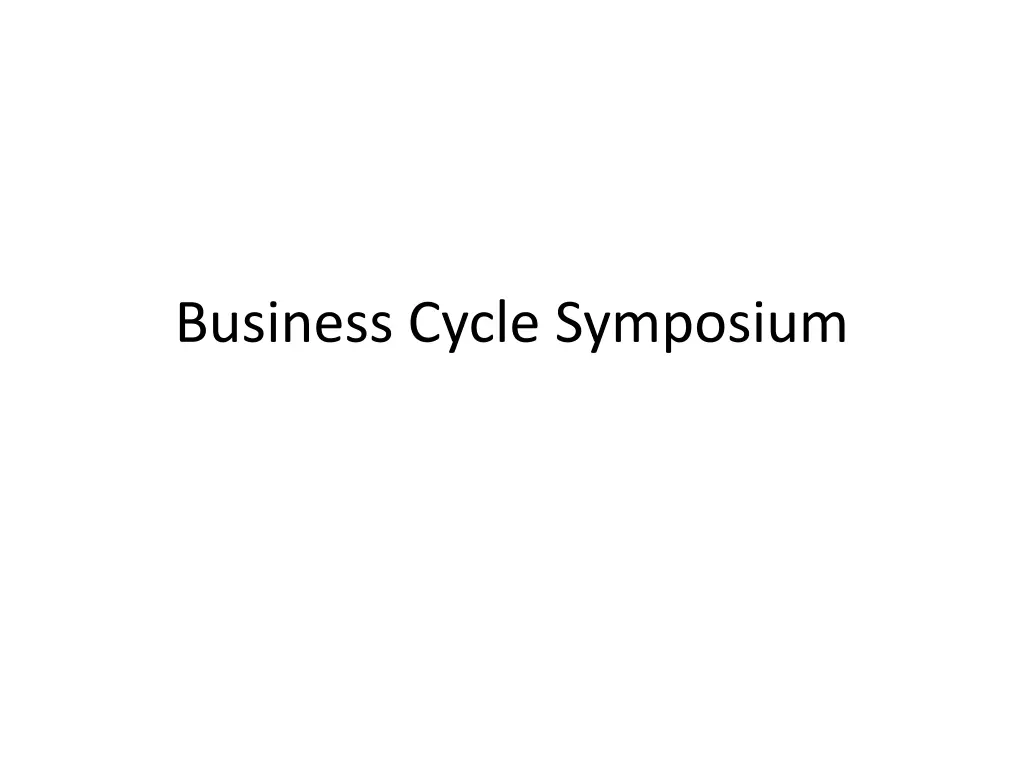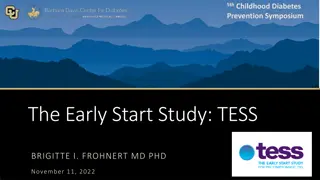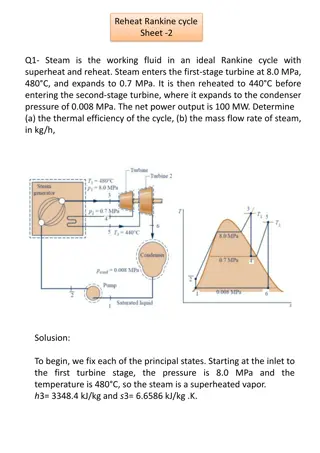
Understanding Business Cycle Comovement
Explore the concept of comovement in business cycles, analyzing economic variables and their correlation with GDP. Learn about characteristics, behavior during cycles, and graphical representation, including leading/lagging variables. Discover how variables can be classified and their predictive roles in the economy.
Download Presentation

Please find below an Image/Link to download the presentation.
The content on the website is provided AS IS for your information and personal use only. It may not be sold, licensed, or shared on other websites without obtaining consent from the author. If you encounter any issues during the download, it is possible that the publisher has removed the file from their server.
You are allowed to download the files provided on this website for personal or commercial use, subject to the condition that they are used lawfully. All files are the property of their respective owners.
The content on the website is provided AS IS for your information and personal use only. It may not be sold, licensed, or shared on other websites without obtaining consent from the author.
E N D
Presentation Transcript
Comovement of Economic Variables and Business Cycles Stylized Facts
Outline of the class: 1. Characteristics of comovement: (a) correlation; (b) relative volatility; (c) leading/lagging 2. Behavior of main economic variables during the business cycles
Two graphical ways of illustrating correlation time series plot scatter plot
Comovement with GDP: If an economic variable is positively correlated with GDP => it is called procyclical If an economic variable is negatively correlated with GDP => it is called countercyclical If an economic variable is not correlated with GDP => it is called acyclical
Correlation is not the only regularity that we may observe by comparing two time series! GDP and Import GDP and Consumption Consumption is less volatile than GDP (Consumption varies less than GDP) In statistics, the volatility of a variable (its percentage deviations from trend) is measured by the standard deviation Import is more volatile than GDP (Import varies more than GDP) (std)
Macroeconomic variables can be characterized as - procyclical / countercyclical / acyclical - more or less volatile than GDP Is there a third dimension for characterization? Yes! A variable can lead or lag GDP!
Leading and Lagging variables x is a leading variable, y is a lagging variable, (changes in GDP follow changes in x) (changes in y follow changes in GDP) x helps to predict GDP GDP helps to predict y If a variable neither leads nor lags, it is called a coincident
GDP and the Index of Leading Economic Indicators The Index of Leading Economic Indicators: (a) is positively correlated with GDP (b) leads GDP (c) is slightly more volatile than GDP
Which variables may help to predict GDP? Index of leading economic indicators is a function of the following variables: + + + Initial unemployment claims New orders for consumer goods Vendor performance Plant and equipment orders Building permits An increase in unfilled durable orders Stock prices (S&P 500) Money supply Index of consumer expectations Average workweek + + + -- + + + The government uses Index of leading economic indicators to predict recessions
Business cycles facts Thus by observing the behavior of macroeconomic variables during the business cycles, we can 1) describe their cyclical properties 2) compare their volatility to the volatility of GDP 3) point out whether the variable leads GDP, lags GDP or coincides with GDP These properties (relationship between GDP and other macro variables) are called business cycles stylized facts
Behavior of main economic variables during the business cycles The variables of interest: consumption investment employment wages money supply price level
GDP and Consumption Consumption: (a) is positively correlated with GDP (corr. coeff. = 0.76) (b) coincides with GDP (c) is slightly less volatile than GDP (std(C)=0.75*std(GDP)) Can you explain these properties intuitively?
GDP and Investment Investment: (a) is positively correlated with GDP (corr. coeff. = 0.86) (b) coincides with GDP (c) is much more volatile than GDP (std(C)=4.69*std(GDP)) Can you explain these properties intuitively?
GDP and Employment Employment: (a) is positively correlated with GDP (corr. coeff. = 0.81) (b) lags GDP (c) is less volatile than GDP (std(C)=0.60*std(GDP)) Can you explain these properties intuitively?
GDP and Price Level Prices: (a) are negatively correlated with GDP (corr. coeff. = -0.26) (b) coincide with GDP (c) are less volatile than GDP (std(C)=0.58*std(GDP)) Can you explain these properties intuitively?
GDP and Money Supply Money supply: (a) is positively correlated with GDP (corr. coeff. = 0.36) (b) leads GDP (c) is slightly less volatile than GDP (std(C)=0.77*std(GDP)) Can you explain these properties intuitively?
GDP and Employment Employment: (a) is positively correlated with GDP (corr. coeff. = 0.81) (b) lags GDP (c) is less volatile than GDP (std(C)=0.60*std(GDP))
GDP and Labor Productivity Labor productivity = output / employment: (a) is positively correlated with GDP (corr. coeff. = 0.83) (b) coincides with GDP (c) is less volatile than GDP (std(C)=0.63*std(GDP))
5 Questions about Business Cycles 1. Have Business Cycles Moderated Recently? 2. Do Expansions (or Contractions) Die of Old Age? 3. What Are the Defining Characteristics of the Business Cycle? 4. How Can Secular Growth Be Distinguished from Cyclical Fluctuations? 5. How Can Business Cycles Be Forecast?
Have Business Cycles Moderated Recently?
Do Expansions (or Contractions) Die of Old Age? Expansions not duration dependent Contractions are duration dependent Cycle periodicity? No
What Are the Defining Characteristics of the Business Cycle? Co-movement
How Can Secular Growth Be Distinguished from Cyclical Fluctuations? Trend Stationary (TS) Difference Stationary (DS)
How Can Business Cycles Be Forecast? Nope, not really. Poor forecastability from leading indicators available ex-post, even worse with real time data.






















